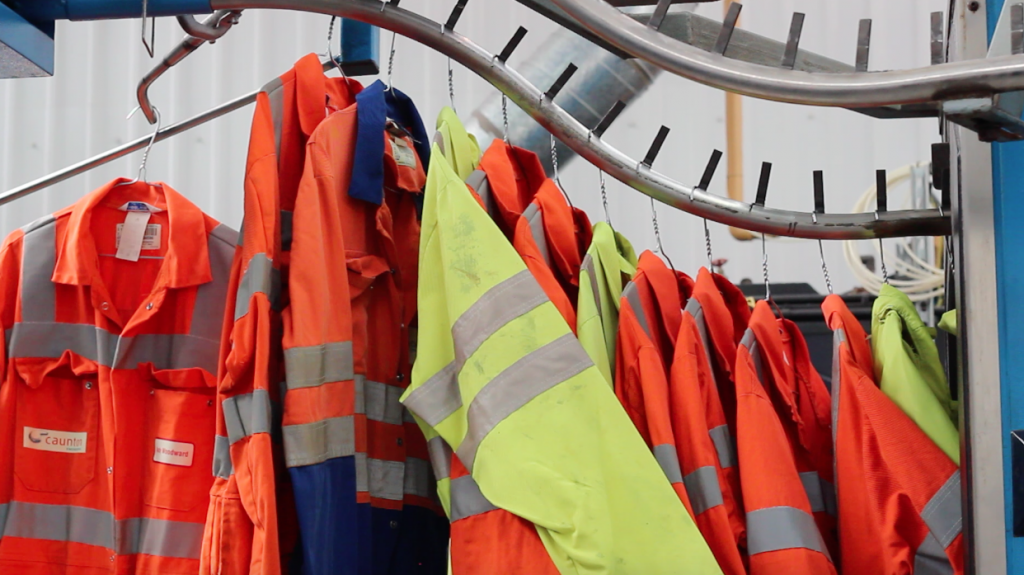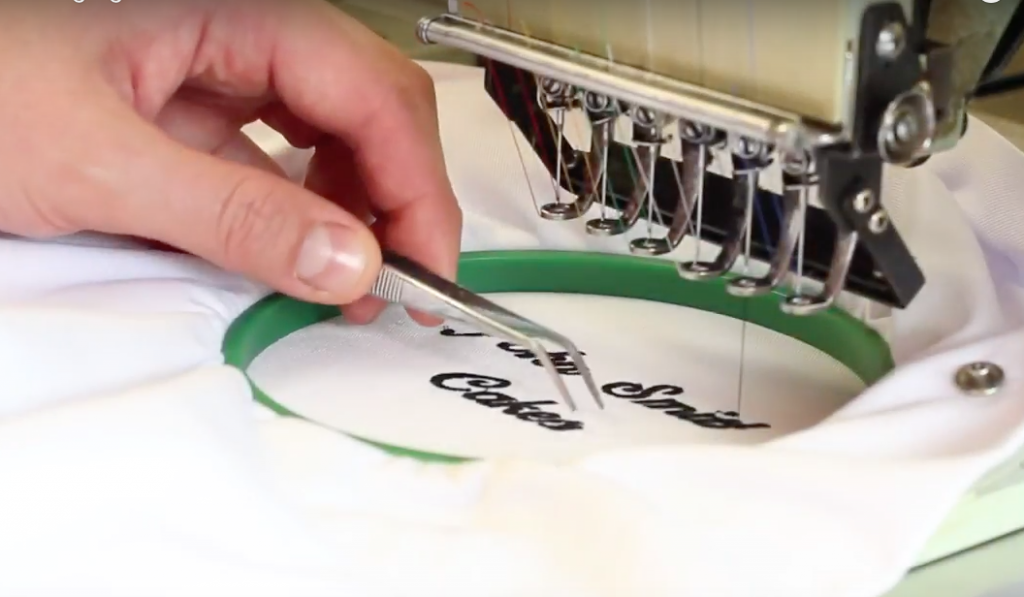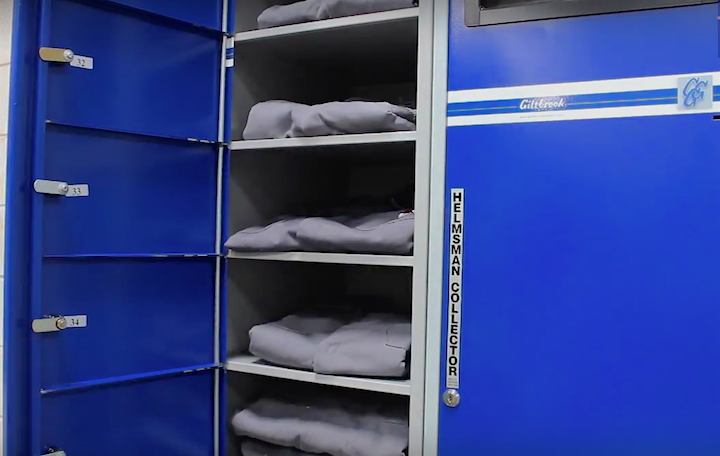Maintaining The Condition Of Hi-Vis Garments
Information about the care and maintenance of hi vis garments including what is required and who's responsibility it is.
Information about the care and maintenance of hi vis garments including what is required and who's responsibility it is.
As an employer you are bound by the Personal Protective Equipment at Work Regulations 1992 which require many factors to be taken into account to ensure that the correct clothing is chosen for a particular task. Areas that are covered are outlined below: -
To be effective hi vis clothing should be of a colour that will allow the wearer to stand out against the ambient background found in the working environment. In practice the best colours for this purpose are likely to be day-glo, or fluorescent yellow. Where necessary the clothing should also incorporate retroreflective material to make the wearer visible when seen in headlights in poor lighting conditions or during darkness. This may require reflective strips at or below waist level on waistcoats or jackets, or strips on trousers. However, just because a garment has tapes doesn’t make it Hi-vis!
Are there any standards which the clothing should meet?
Hi vis clothing should be manufactured to a the EN 20471 European standard for high visibility warning clothing.
This is an area that is often overlooked. Employers have duties concerning the provision and use of personal protective equipment (PPE) at work. An extract from the www.hse.gov.uk/toolbox/ppe ,explains how the employer has a duty to Monitor and review.
Employers operate often similar system for all PPE and treat workwear similar to other PPE equipment. The Hi visibility may be issued out to new starters and have a scheme where the onus is on the employee to wash and care and advise the employer when they believe their garment is in need of replacing. Alternative schemes are such that the Employer will issue new Hi-visibility clothing periodically. Both schemes may work satisfactorily in many environments, however employers should tread carefully in environments where there are higher risks of hi-visibility clothing failing through its use. This is because the employee is unlikely to have the knowhow of what standard is acceptable or not and potentially workwear which may need replacing early due to damage is not flagged up correctly.
These risks can be helped to be mitigated by the employer working in partnership with the Professional laundry supplier to understand the specific organisation issues. Areas of relevance include the anticipated garment life which is dependent on a number of factors; the work environment, employees role, number of issues allocated and frequency of wash. The Professional laundry supplier with the use of garment tracking technology such as Radio frequency (RFID) & Barcode traceability identifying individual garments uniquely, offers the opportunity to feedback to the customer information on the life cycle of their garments, offering information of the wash processes and performance, number of washes, repair carried out and mostly importantly alert the customer of any Non-conforming garments unfit for purpose as and when sent in for laundering. The role of the Laundry supplier will be to feedback on any patterns of misuse, low frequency of presentation for wash, to help the customer educate the staff on the need to regularly send items in for wash to help maintain the garment in good condition and repair. Giltbrook Workwear offer this information through the Giltbrook Hub, to allow the customer to benefit from easy access to the information and query the information to assist in their future PPE decision making.


CALL US TODAY ON 0115 944 8464 OR EMAIL US

We offer flexible rental contracts and outright purchase options for all of our workwear. Read our comparison to find out the best option for you.

Add your logo and branding to your garments for a professional business look.

Floor mats are an important addition to any business. From keeping staff and customers safe, the work environment clean, and an opportunity to create a great first impression, the benefits speak for themselves.

We can provide locker facilities for your staff. Available in a variety of styles, sizes and colours to suit all needs.